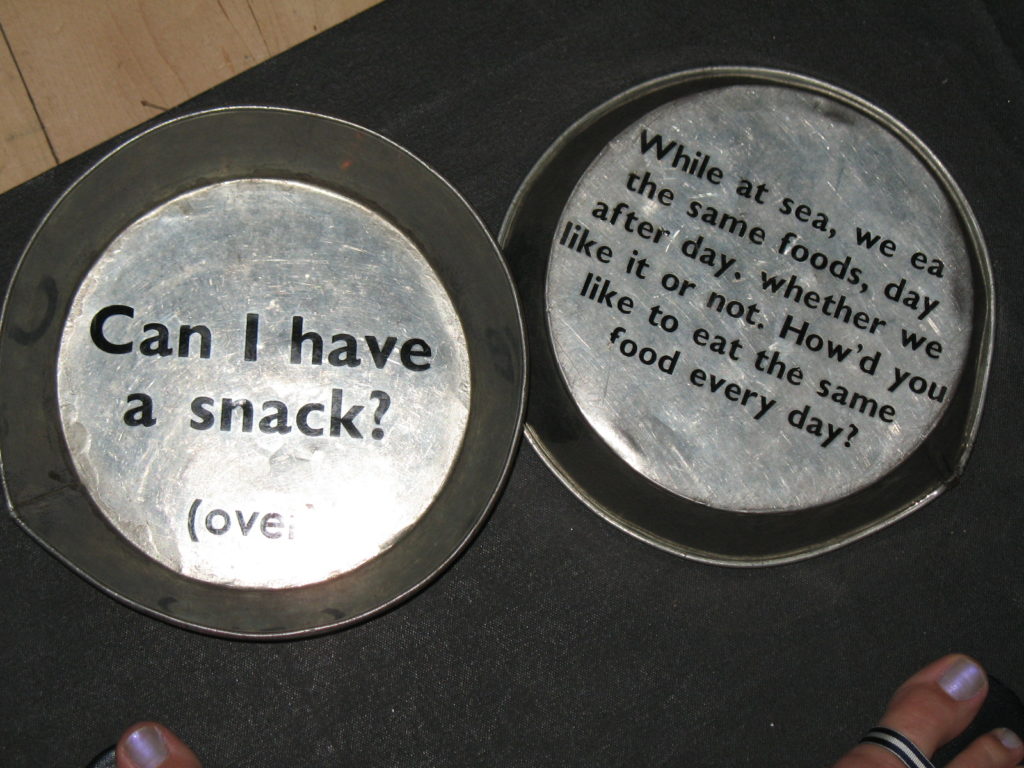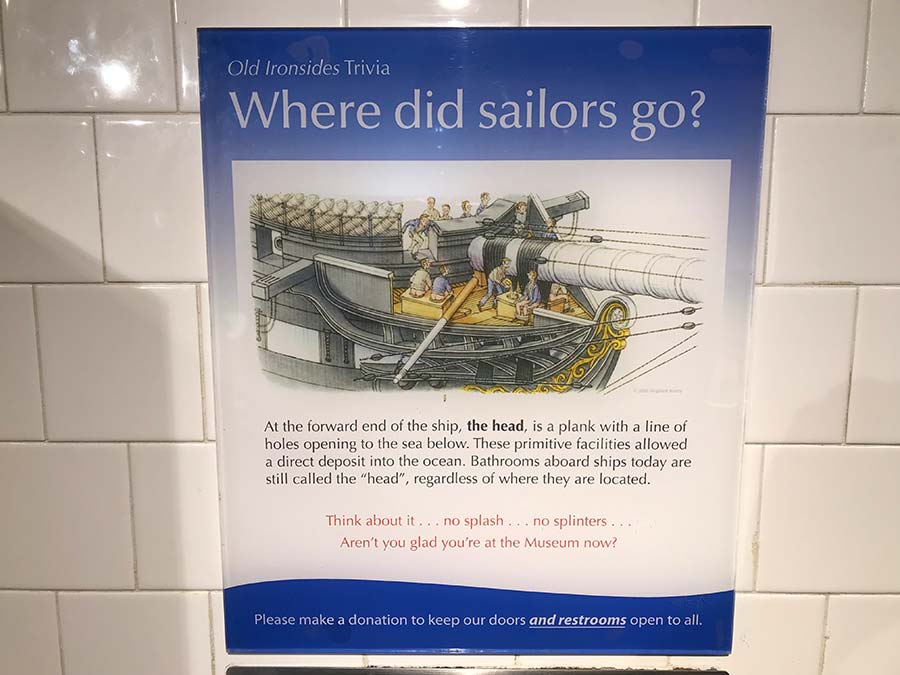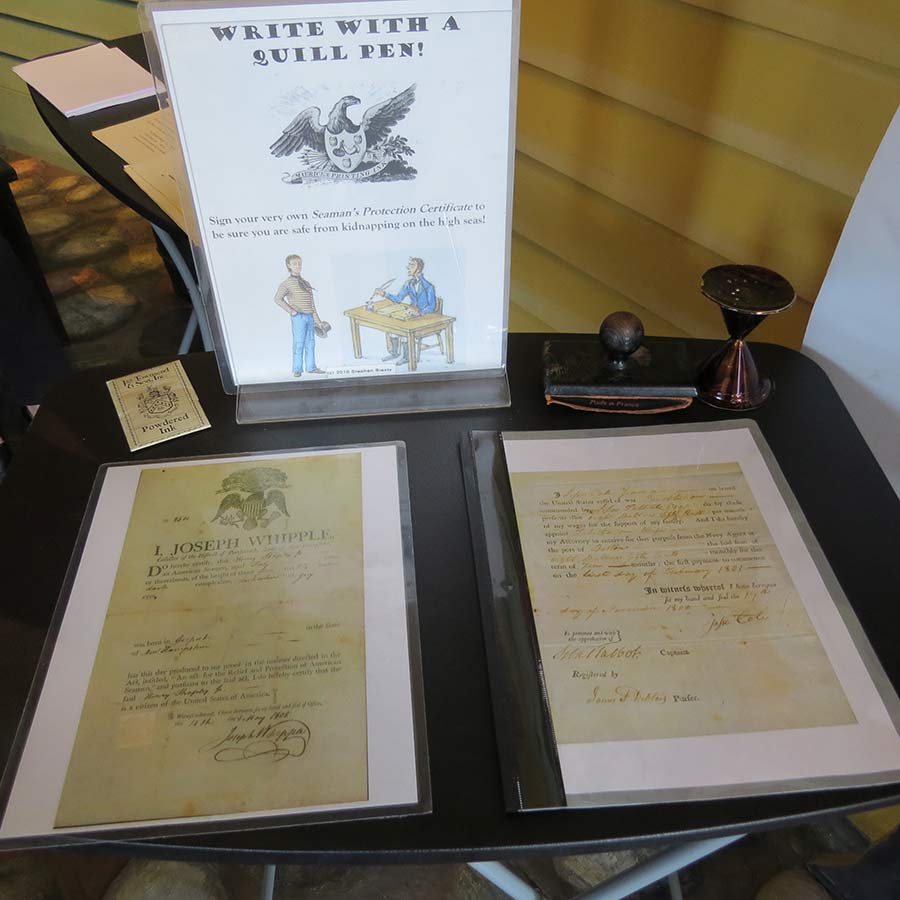Why it is Important
The goal of family exhibits and programs is not to cram as much information as possible down the throats of the families. Instead, the goal is to spark excitement and engagement by creating an enjoyable, social, and informative experience. Families are much more likely to engage with content and leave discussing it when it is easily digestible and fun.
Put it into Practice
Families want simplicity and clarity. Reduce content to its most important essence. Trimming content down to main ideas is challenging, but well worth it. Try these strategies:
Fifty-Word Text Panels
A highly researched topic can be conveyed to a family audience without diluting the content. Families don’t want a book on the wall or a fire-hose of information. Challenge yourself to fifty-word labels. Fifty words is brutally short but it is a great exercise in getting to the point. Fifty-word labels that families read are much more valuable than two-hundred word labels that are glossed over or ignored. When developing content, ask yourself: “What is the main point I want to convey?”
Layer Information in Exhibits
Where can all the information go? Instead of relying solely on text, give families hands-on opportunities or look for different ways to present information, such as:
- Graphs and charts
- Artifacts
- Graphics
- Illustrations
- Props
- Interactives
Our evaluation at the USS Constitution Museum showed that families are much more likely to be drawn to a text panel if there are graphics, artifacts, and an interactive around it. We also tried to be creative about where we put text and found unconventional delivery methods pay off.
For instance, we put text on plates in our mess area where visitors sit on a piece of sail cloth on the “deck” and bond over salt pork, ship’s biscuit, and grog. Text on plates sparks conversation among family members:
Top: “Salt beef again?”
Bottom: “While at sea, we eat the same foods day after day, whether we like it or not. How’d you like to eat the same food every day?”


You can layer content in unexpected places- even in the restrooms. At the USS Constitution Museum, we post these signs in our public restrooms. They share relevant content about life aboard Constitution with a captive audience.

Proof in the Numbers
We tracked and timed family visitors through two exhibits at the USS Constitution Museum: Our traditional exhibit, Old Ironsides in War and Peace, and our family-focused prototype exhibit, A Sailor’s Life for Me.
Old Ironsides in War and Peace is a 3,000-square-foot exhibit with many long text panels totaling nearly 4,500 words, sensational objects, and a few interactives. We found that families spent an average of 7 minutes in the exhibit.
A Sailor’s Life for Me is 2,000 square feet and contains about 1,500 words of text. Families spent nearly 22 minutes in this smaller exhibit and, just as important, talked to each other significantly more than in the larger, traditional exhibit.
What does this mean? Layering information through multiple modes of presentation means there is something for each family member to interact with. And of course, when developing content for a family audience, less is more.
Talk Less to Prioritize Information
“Less is more” also applies to facilitation. This might seem contradictory to the concept of facilitation, but knowing when to step back is as essential as knowing when to step in, what questions to ask, and what to say. The facilitator should act as a “guide on the side” rather than a “sage on the stage.” Read more about this technique in Maximize Engagement.
Think of different ways to convey content that will attract (or be of interest to) different people. Information should not just be delivered from facilitator to individual family members but provide opportunities for ideas to be shared, bounced around, and cross-pollinated. Recognize that everyone has something to contribute and let the facilitator’s authority be shared with the family.
Layer in content in other ways. Use authentic vocabulary in context without stopping to define every word. Think of this as the program equivalent of the 50 words or less exhibit label. Think through your words- be strategic, not scripted.
Layer Information in Programs
In programs, try to take advantage of the content you already have: exhibits, images, reproduction objects, even online resources. Layering this content means there is a greater variety of opportunities for everyone to connect to something interesting at their level of knowledge and ability.
In our quill pen gallery program at the USS Constitution Museum, we provide multiple blank forms and family members can choose which they complete. Each form relates to an aspect of USS Constitution’s history and targets a different level of reading and writing skills. Facilitators have the opportunity then to engage families in topics that are of interest and relevant. We include printed reproductions of completed historical forms so participants can see the real thing.

